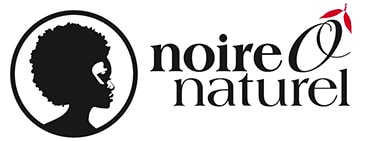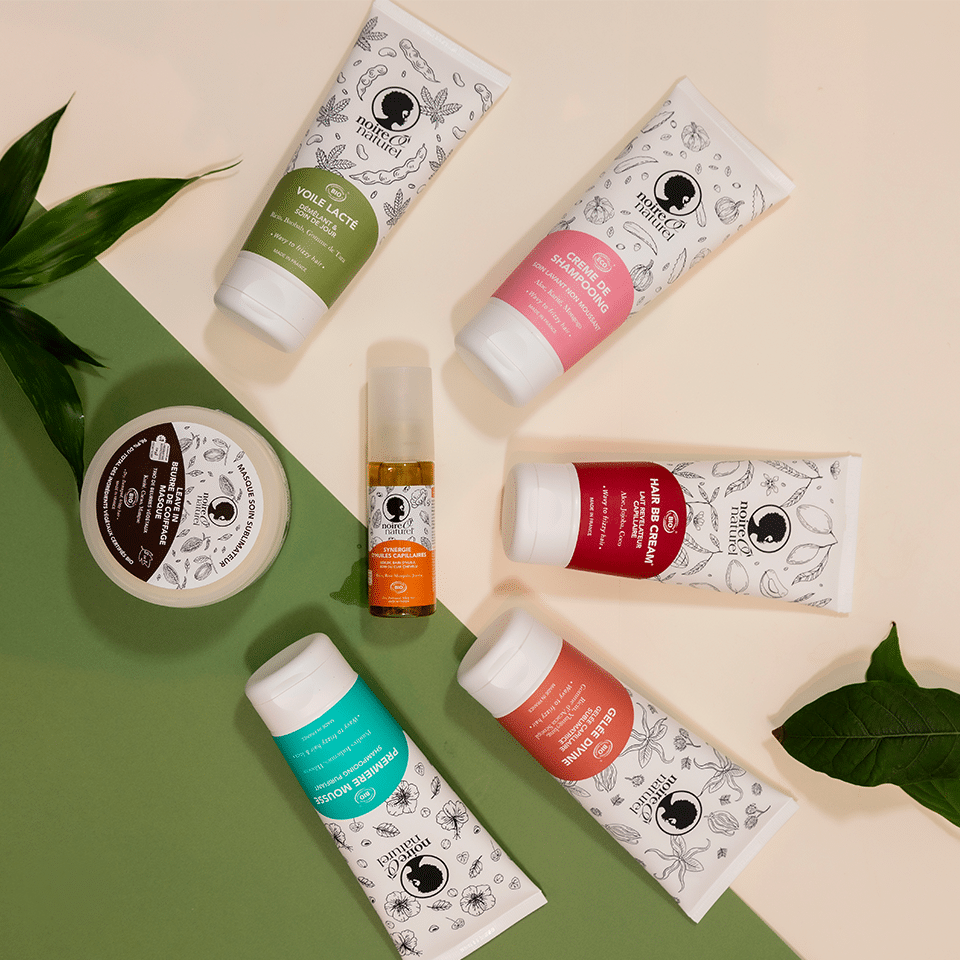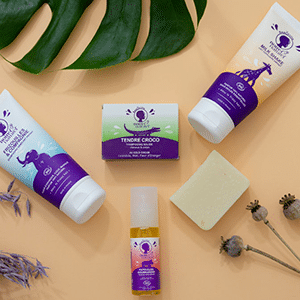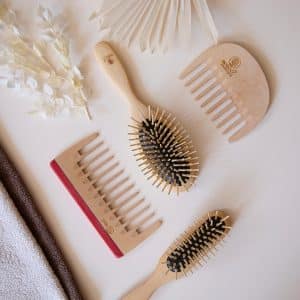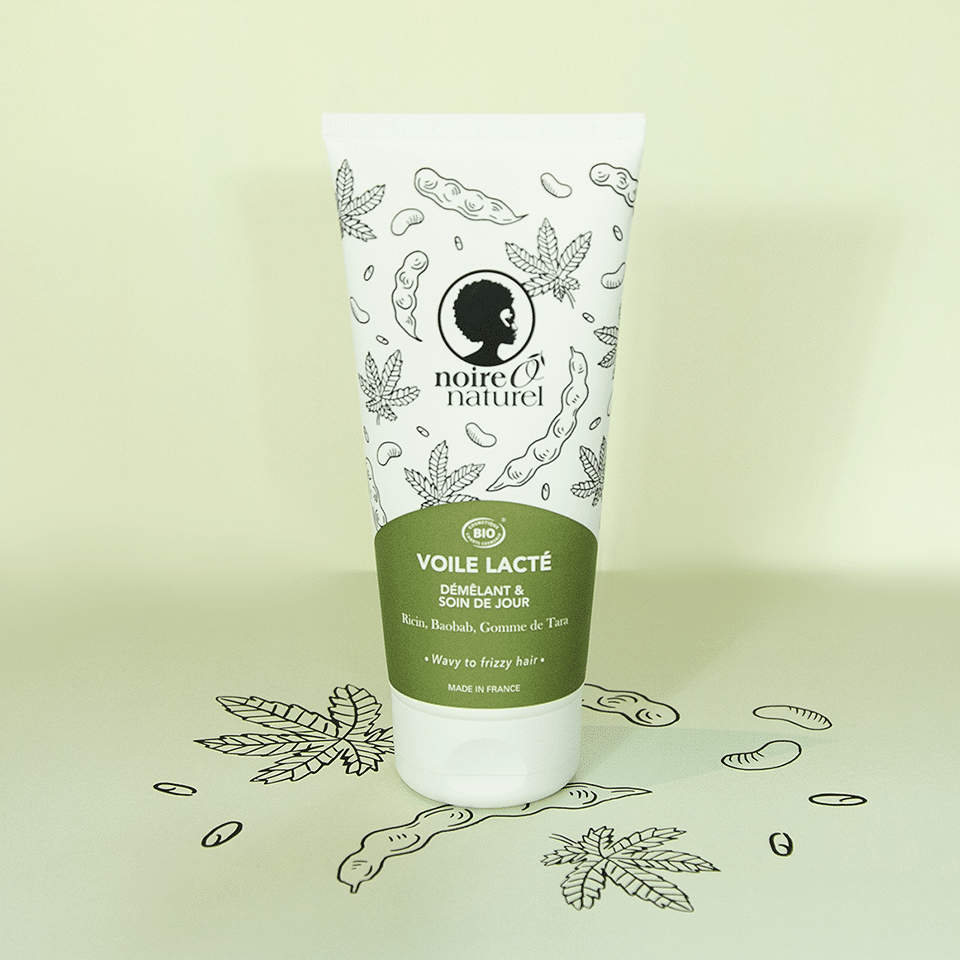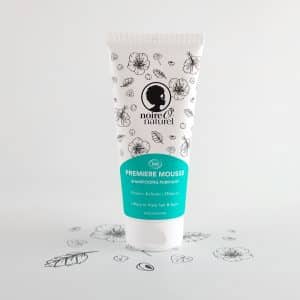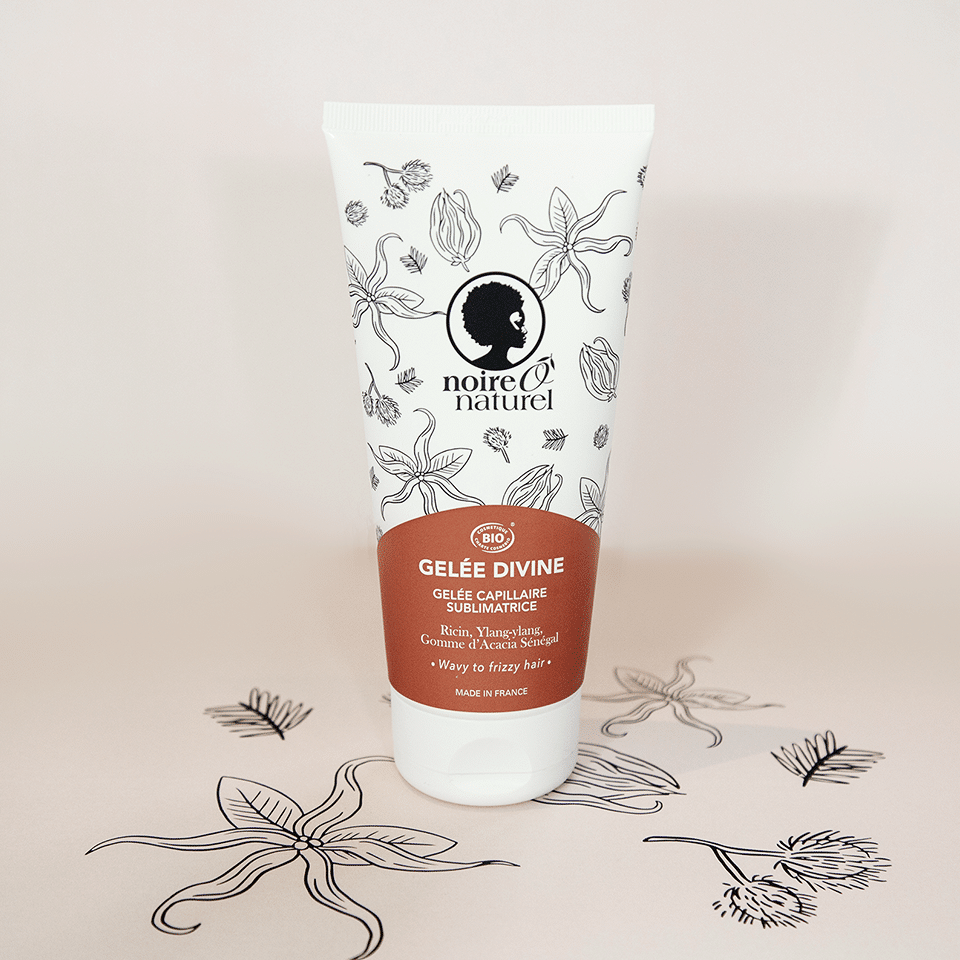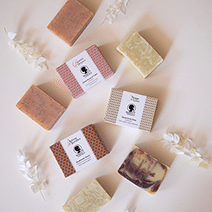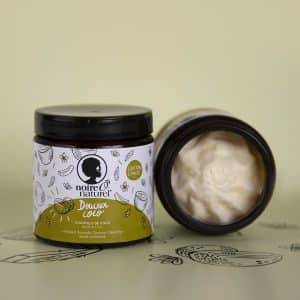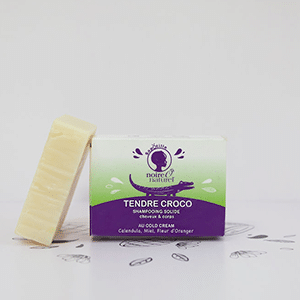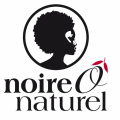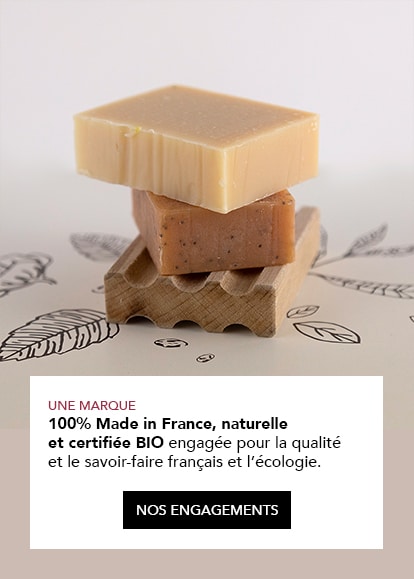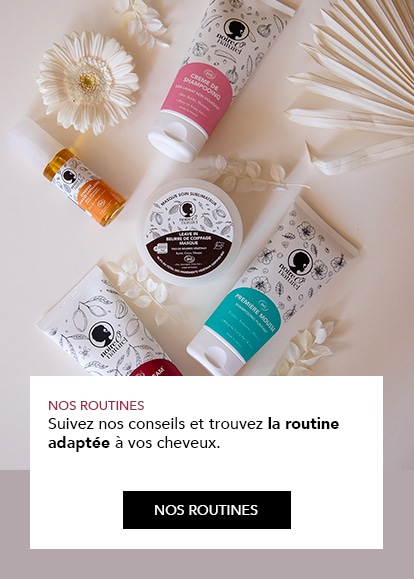Copyright : nappy
Textured hair, whether wavy, curly, frizzy or locks, has a unique structure that sets it apart from straight hair. Their volume and density often raise the question: does this hair hold heat better, or on the contrary, does it offer protection against heat? We’ve based our answer on scientific studies and field observations… And spoiler: you’re in for a surprise!
The unique structure of textured hair: a natural insulator
1. Spiral architecture :
The spiral structure of textured hair creates curls and frizz that increase overall hair volume. According to the research in the study published on 6 June 2023 in Proceedings of the National Academy of Sciences, this structure traps air between the strands, acting as an insulating layer. This trapped air plays a role similar to that of thermal insulation in buildings, protecting the scalp from outside temperature variations.
2. Reduced direct exposure:
The natural volume of textured hair creates a physical barrier that reduces direct exposure to the sun’s UV rays and heat. The layering of strands forms a kind of ‘canopy’ that shades the scalp, similar to a natural parasol. This helps maintain a more constant temperature and prevents the head from overheating.
3. Heat diffusion :
Curls and frizz spread heat over a larger surface area, rather than concentrating it in a single point. This distributes the heat and minimises the effects of prolonged exposure, preventing localised heat stroke and potential damage to the hair fibre.

Textured hair: A natural temperature regulator
1. Protection against heat :
Contrary to popular belief, textured hair doesn’t make you sweat more in summer. Thanks to its ability to insulate and diffuse heat, it protects the scalp from the sun’s scorching rays, reducing the sensation of intense heat. By trapping air, textured hair creates a buffer zone that limits heat absorption by the scalp.
2. Thermal regulation in winter:
In winter, the same insulating property of textured hair helps to keep heat close to the scalp, contributing to effective thermal regulation. This means that textured hair can also offer protection against the cold by preventing the loss of body heat through the head.
Where do those curls come from?
According to Tina Lasisi, who conducted the aforementioned study as part of her doctoral thesis at Penn State, textured hair is linked to the human brain and human development.
She states: ‘About 2 million years ago, we had Homo erectus, who had the same physical make-up as us but with a smaller brain’.
She believes that curly hair developed as a defence mechanism for the body. The aim, as humans evolving in equatorial Africa began to rise, was to better protect the skull from the sun. This would have enabled the brain to develop better!

Additional summer heat management tips
Continuous hydration: Keep your hair well hydrated to enhance its suppleness and ability to insulate against the heat. Use moisturising products like hair milk.
Protect your hair from the sun: Although textured hair offers natural protection, it’s always a good idea to wear a hat or scarf on very sunny days for extra protection.
Avoid drying products: Choose products without sulphates and drying alcohols to preserve the integrity of the hair fibre and maximise thermal protection.
Adapted hair care routine: Adopt a hair care routine adapted to your type of textured hair to maintain its health and natural ability to manage heat.
Textured hair, with its spiral structure and natural volume, acts as an effective thermal regulator. It offers natural protection against heat in summer by insulating and diffusing the sun’s rays, while helping to retain heat in winter. To maximise these benefits, it is essential to follow a suitable skincare routine. Noireônaturel’s range of organic products helps you to enhance your textured hair while respecting its unique nature. Embrace the beauty and natural protection of your textured hair with Noireônaturel!
